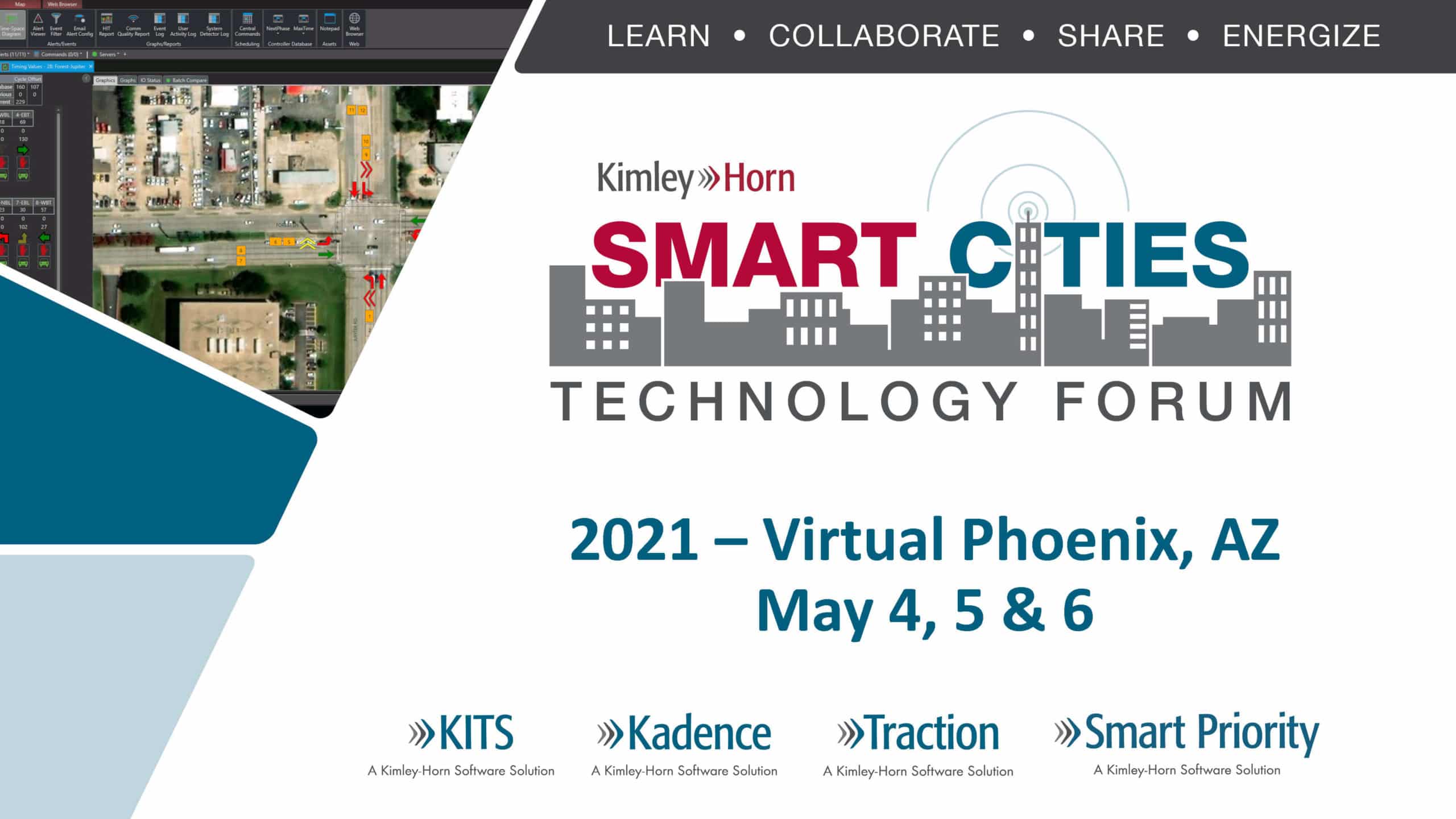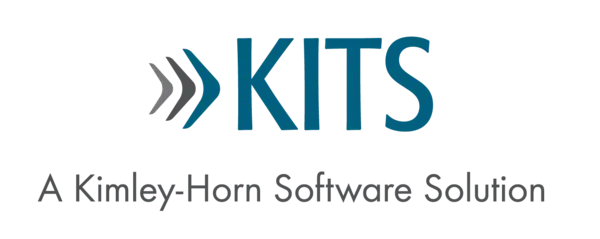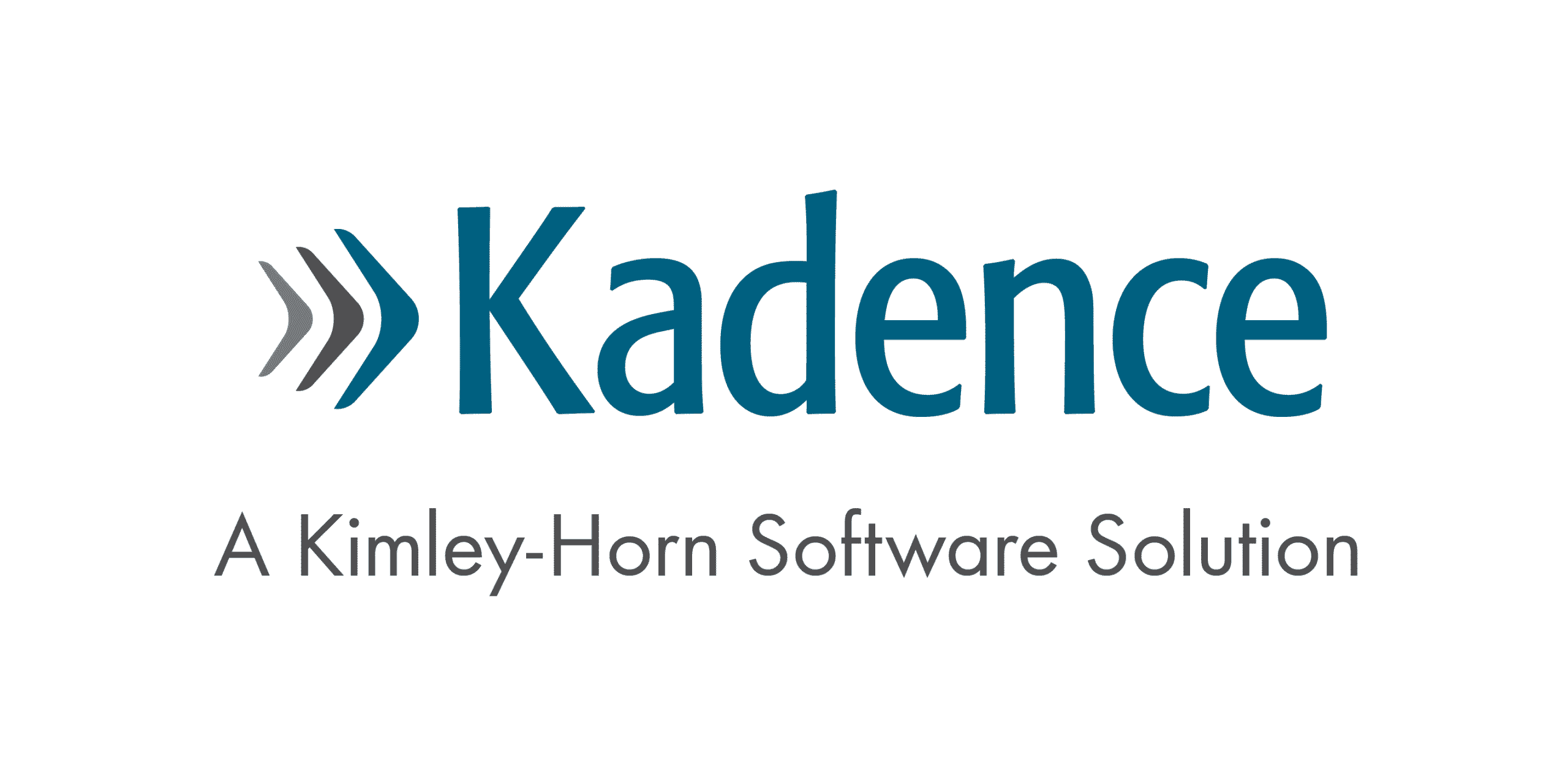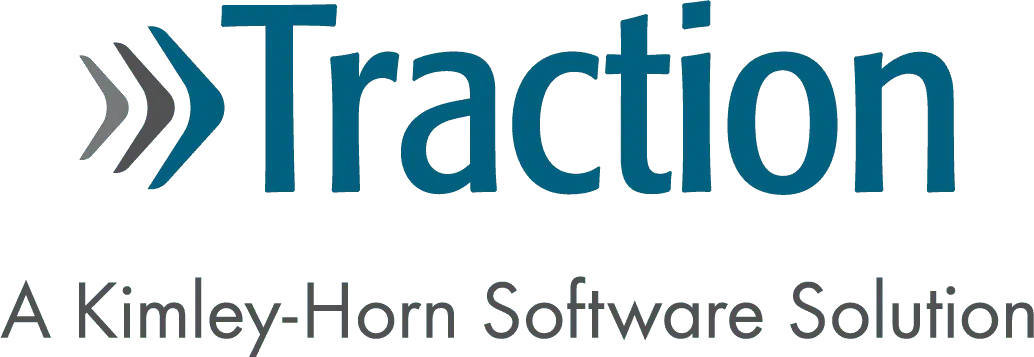- July 12, 2021
- Perspectives
In Case You Missed It: Key Takeaways From Kimley-Horn's 2021 Smart Cities Technology Forum


Jason Castillo
Software and Systems Development Specialist

Malorie Meyers
Software Solutions Specialist

Jason Castillo
Software and Systems Development Specialist

Malorie Meyers
Software Solutions Specialist
The 16th annual Kimley-Horn Smart Cities Technology Forum successfully wrapped up its first year in a virtual environment. The three-day event saw more attendees than ever before, with more than 190 participants joining from 44 public agencies, 23 Kimley-Horn offices, and three industry partner organizations.
Sessions focused on connected vehicles, centralized mobility, data analytics, using KITS™ and Traction™ to respond during unexpected emergency storm events, and a variety of lessons learned. The forum brought a diverse range of professionals together to become more familiar with advancements in Smart City technology and to solve shared challenges.
Our Smart Cities Solutions




Kimley-Horn’s Smart Cities Software Solutions—KITS™, Traction™, Kadence™, and Smart Priority™—were covered in detail over 18 presentations by our in-house software developers, project managers, and client users. Through bringing this dynamic group of professionals together each year, our public agency clients learn from each other while the Kimley-Horn team has opportunities to listen, gather product feedback, and continually enhance our comprehensive traffic management software solutions to meet evolving industry needs.
With no shortage of exciting new features and thoughtful lessons learned, a few key takeaways were evident throughout the forum. If you were not able to attend the Smart Cities Technology Forum this year, please contact us to request access to the presentations.
2021 Smart Cities Technology Forum Takeaways
- Connecting with other Smart Cities software users adds substantial value.
One of the highlights is the public agency presentations where existing Smart Cities software users introduce a problem and how they solved it using a software feature, helping others discover a viable solution to similar challenges. Many attendees expressed how much value they got from this open peer exchange—they walked away with implementable solutions and enjoyed connecting with other users.
“The value of the peer exchange opportunities is immeasurable. I walked away with solutions and tools I was able to implement as soon as I got back to the TMC.”
— Albert Garcia, ITS Operations, City of Surprise, AZ
- Big data is here to stay.
Agencies have more access to large data sets than ever before and require integrated analysis tools to understand trends and take meaningful actions. Flexible and easy-to-use dashboards are important for providing efficient and actionable access to relevant data.
- The transportation industry continues to evolve and its pace is not slowing down.
Like most technology, traffic signal software solutions continue to change at an ever-increasing pace. Our tools and processes are consistently evolving to leverage new and improved technologies. We are making our Smart Cities software solutions more powerful and more maintainable by designing for cloud-based computing, big data, open APIs, and artificial intelligence (AI).
In response to substantial demand for more iOS and Android mobile app integration, we are prioritizing ways to use the powerful computers in our pockets for greater insight and efficiency. Leveraging crowd-sourced data like Waze, Azure, and Google extends a city’s network visibility at a fraction of the cost of deploying hardware-based solutions. We recognize the critical importance of staying in front of these trends and Kimley-Horn is actively integrating these technologies into our traffic management software solutions.
- Improving functionality on large-scale freeway and toll projects is a major focus for future development.
Many recent Kimley-Horn projects have included custom software development work on large-scale freeways, express lanes, and toll roads for various Departments of Transportation (DOTs). We are seeing increased demand for our Smart Cities software solutions among freeway tolling systems and we are adapting our Smart City platform to align with the needs of enterprise DOTs.
- New features are being prioritized to respond to changing needs.
As we continue to design and create in conjunction with public agencies across the country, we have an exciting roadmap for upcoming features which includes added support for connected vehicles, automation, and additional integration options for Traction™, KITS™, Kadence™, and Smart Priority™.
Consistent with Kimley-Horn’s mission of providing exceptional client service, our software developers listen, learn, and respond to user feedback and system needs. Much of our software started because our clients were looking for a central software system that could communicate with different types of Smart City devices while being easy to use. As a result, the KITS™ ATMS is incredibly customizable, with actionable analytical reports and useful traffic engineering tools, while being easy to use. All our software tools are designed by traffic engineers, for traffic engineers, providing an intuitive interface and powerful tools to identify and resolve problems.
For more information or if you are interested in attending the 2022 Smart Cities Technology Forum, please contact Malorie Meyers.
About the Authors

Jason Castillo
Jason has more than 28 years of combined project management and ITS software development experience. His project experience includes system design, software development, ITS operations, and integration services at more than 15 unique arterial and freeway systems across the U.S. and Canada. Jason has extensive signal system and data analysis experience and has served as project manager for numerous signal system deployment projects including City of Austin, City of San Antonio, City of Tallahassee, Los Angeles County, Maricopa County, and City of Glendale.

Malorie Meyers
Malorie specializes in delivering software solutions and serving client needs in technology, ITS, and transportation engineering. She has helped deploy solutions including the KITS ATMS, flood management websites, and interagency coordination systems. Malorie regularly creates user help documents and leads effective software training programs for agencies. She also serves as a primary designer for Kimley-Horn software applications including the Traction smart transportation analytics application.
